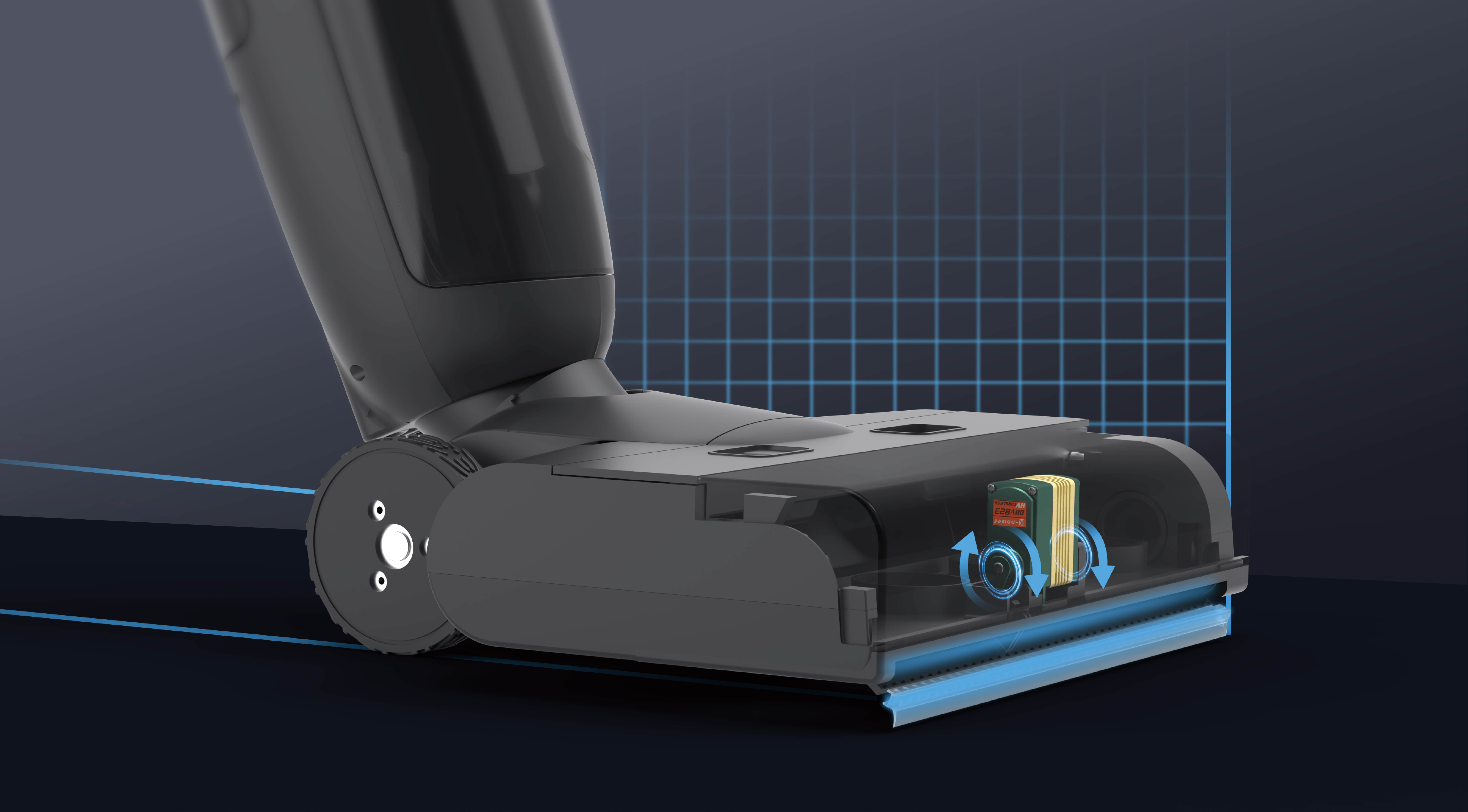Sure! Here's the first part of your soft article on "stepper motor gear reduction."
part 1: In the world of automation and robotics, the quest for perfect motion control is relentless. Engineers and designers continually seek ways to elevate performance, precision, and reliability in their systems. Among the myriad of solutions available, one concept stands out for its transformative impact: gear reduction in stepper motors. This method, simple in principle yet profound in effect, has become a cornerstone for applications demanding meticulous control over movement and force.

Understanding the Basics: How Stepper Motors Work Before delving into the intricacies of gear reduction, it’s essential to understand the fundamental operation of a stepper motor. Unlike traditional motors that spin continuously, stepper motors move in discrete steps—each step representing a fixed angle of rotation. This characteristic enables precise position control without the need for feedback systems, making them popular choices in 3D printers, CNC machines, robotics, and more.
At their core, stepper motors convert electrical pulses into mechanical rotation. The number of pulses determines the position, which grants them incredible repeatability. However, they have limitations. A common challenge is that they often generate less torque at high speeds, and their positional resolution is limited by their step angle, typically ranging from 1.8° (200 steps per revolution) to even finer subdivisions.
The Need for Gear Reduction This is where gear reduction comes into play. By attaching a gear system—gearboxes—to the motor shaft, the rotational speed is decreased while the torque output is multiplied. When a gear ratio of, say, 50:1 is implemented, one turn of the motor results in the output shaft turning only 1/50th of a revolution. This dramatic reduction in speed brings with it a host of benefits:
Increased Torque: As power is transmitted through gears, torque is effectively amplified at the expense of speed. This allows the system to handle heavier loads or exert greater force without overloading the motor.
Finer Resolution: Gear reduction effectively divides each motor step into smaller increments at the output shaft, thus improving positional accuracy. For example, a 1.8° step motor, when connected with a 50:1 gear ratio, can achieve an angular resolution of approximately 0.036°, enabling ultra-precise movements.
Stability and Holding Power: Higher torque and finer motion improve the system’s stability—crucial for applications requiring consistent, repeatable positioning.
Mechanical Advantage and Longevity: Gears distribute load more evenly across components, reducing wear on the motor and extending the lifespan of the entire assembly.
How Gearboxes Influence System Dynamics Gearboxes are more than simple speed reducers—they shape the entire behavior of a motion system. Different types of gearboxes serve various needs, including:
Spur Gearboxes: Known for efficiency and simplicity, ideal for applications where axial or radial load capacity is moderate.
Helical Gearboxes: Offer smoother and quieter operation with higher load capacities, often used in precision machinery.
Planetary Gearboxes: Deliver high torque in compact sizes, perfect for robotic joints or lightweight automation devices.
Each type alters the gear ratio, backlash, friction, and overall responsiveness of the system. Choosing the right kind is crucial for matching system specifications and desired performance.
Design Considerations for Implementing Gear Reduction Implementing gear reduction isn't just a matter of selecting any gear ratio. Thoughtful planning is necessary to maximize benefits and mitigate potential drawbacks:
Gear Ratio Selection: Higher gear ratios produce greater torque and finer resolution but can introduce latency and backlash. Balancing ratio and system responsiveness is key.
Material Choices: Gear materials influence durability, noise, and efficiency. Metal gears are typically more durable but noisier; plastics may be quieter but less robust.
Lubrication and Maintenance: Proper lubrication minimizes wear and sustains performance over time.
Backlash and Compliance: Mechanical slack can affect precision. Using high-quality gears and proper assembly minimizes these issues.
Applications that Thrive on Gear Reduction The versatility of stepper motor gear reduction manifests across industries:
CNC Machining: Achieving high-precision cuts and tool positioning.
Robotics: Precision actuation for robotic arms, especially in delicate assembly tasks.
3D Printing: Fine layer control and better handling of off-center loads.
Medical Devices: Accurate movements in imaging and surgical equipment.
Aerospace and Defense: Situations requiring extreme precision and torque under challenging conditions.
In essence, gear reduction frameworks unlock capabilities that plain stepper motors can't achieve alone. It’s the mechanical artistry that enhances electrical prowess, transforming a modest motor into a powerhouse of precision and power.
Kpower has delivered professional drive system solutions to over 500 enterprise clients globally with products covering various fields such as Smart Home Systems, Automatic Electronics, Robotics, Precision Agriculture, Drones, and Industrial Automation.




































